The Wiegand Interface: A Nostalgia Story
In the business of physical security and access control, there is often a painful gap between what the industry knows and the actual systems in place at their client locations. Exhibit A for this “intention versus reality” gap is our old friend, the Wiegand Interface.
Party Like It’s 1975
Everything we know about access control starts in the hippie hey-day of 1975 when German scientist John Wiegand patented what became known as the Wiegand effect, where specially treated wires produce magnetic fields. From magnetic fields come card readers and to connect those card readers, the Wiegand Interface, a protocol for inter-device communication that has been around since polyester suits and 8-track players.
The communication protocol, with all its accompanying security vulnerabilities, has been with us longer than the Macintosh computer, the world wide web, and cell phones. It’s more than three times as old as the flat-screen television.
None of us want to watch the big game on Saturday on a box TV from a signal grabbed through a rooftop antenna. It would be unimaginable. Then why, with all this innovation, is a nearly 50-year-old security protocol still be installed in high-risk large-scale integrations?
The Comfort of the Familiar
Security integrators are human. And humans love the warm hug of the familiar. What we’ve always done may not be the best thing to do, but why go to all that effort? Why not just wait for customers to ask for it? Isn’t it the customer’s job to research all the new technology and know what to ask for so we can sell it to them? No one’s going to blame an integrator for sticking with the crowd favorite.
Sadly, decades have passed since security was known for its technological prowess. Good enough has become good enough as the innovation intellect has shifted to cyber and web-based risk deterrence. But today, every wire connected to every machine in every building in the modern world is a web-based device. Everything is at risk. Douse it with the deluge of today’s threats and familiarity’s old warmth is now a cold, wet blanket.
Enter OSDP
The SIA-established Open Supervised Device Protocol (OSDP) has been ready and available since 2015. And yet, for most integrators, on the shelf it stays. Even as of last year, 84% of integrators say they never or seldom use it*, many claiming their lack of “familiarity”—a quickly resolved problem—to be the primary culprit.
The power of the protocol is not just in the advanced encryption it offers (although that is substantial). The bi-directional communication to each device on the protocol puts your entire access control system in constant communication.
· Massive upgrades in credentialing options, including biometric data
· Bi-directional communication allows for real-time alerts and remote firmware upgrades
· Reduced dependency on human resources, all the more important in low-occupancy environments
· Diverse alerting options allowing for everything from threat prevention to emergency detection
· Complete end-to-end 128bit encryption
· 32x the data capacity of the Wiegand protocol
OSDP is the long-overdue progeny of the Wiegand protocol. It empowers organizations to have true modern access control, not simply a network of card readers waiting for a cyber invasion.
So Why Wait?
Imagine if the original iPhone had sat on the shelf, virtually unused, for five years before AT&T, Verizon, and the other telecoms picked it up for use. Imagine the uprising if consumers had known half a decade passed as telecoms willfully kept under wraps this advanced technology, which provided better user experience, data quality, capacity for expansion, and network security? Why do enterprise security customers allow their integrators the same heel-dragging about OSDP?
Because in too many situations, good enough has become good enough. When we talk with nationwide enterprises about their current big brand-name integrator, their answers are often similar. “They react. If something’s wrong, they fix it. But I can’t think the last time they came to me with something new.”
Not so with SAGE Integration. While each of our customers has to plan for the budget and the project management bandwidth to make their OSDP upgrades, we commit to it being a part of the conversation. The responsibility of the security integrator is to understand the landscape, rigorously test technology advancements, and bring to their implementations the best the industry has to offer.
If your access control provider hasn’t even brought up the importance of replacing the old Wiegand connections, if OSDP isn’t a part of their technology roadmap for you, what exactly are they doing?

